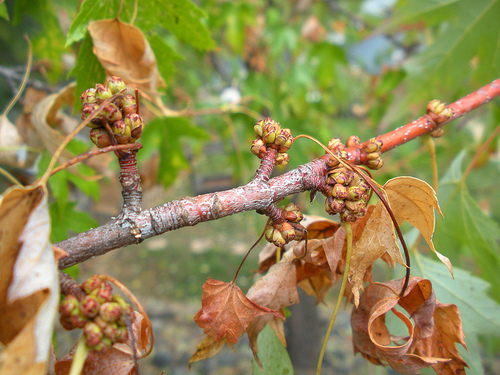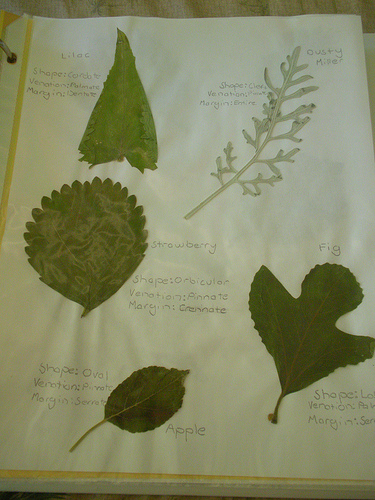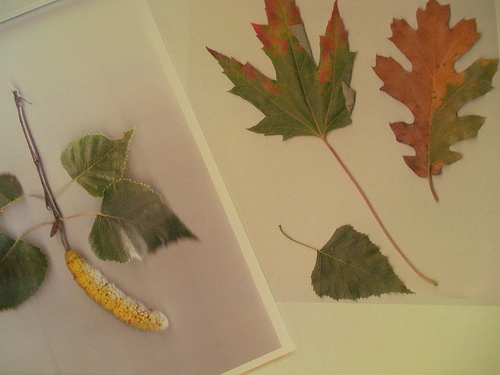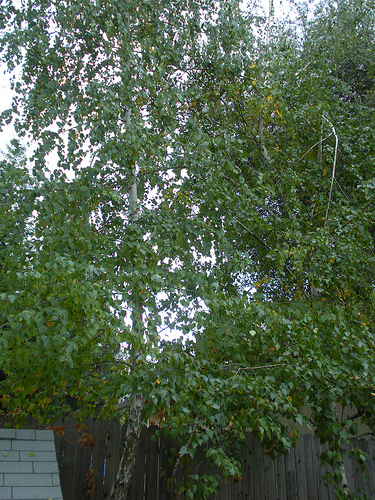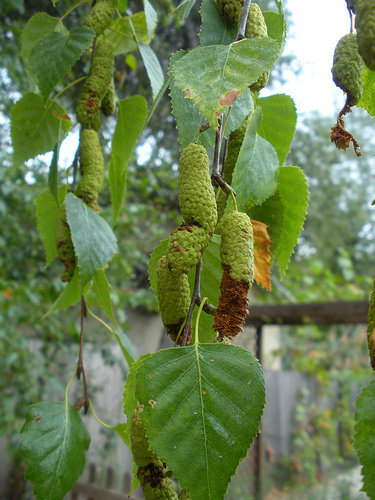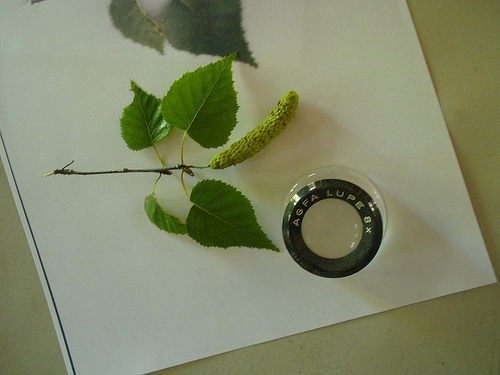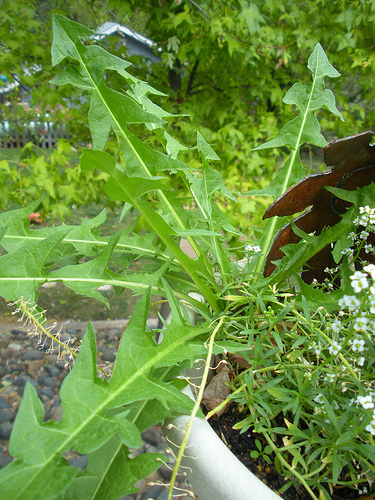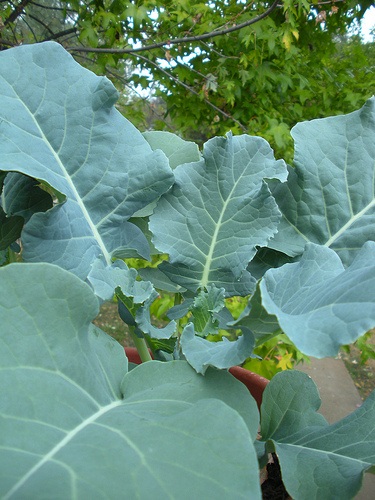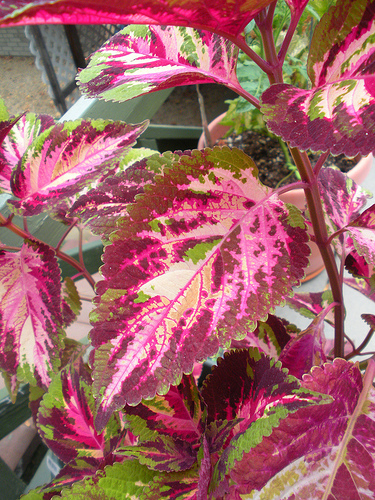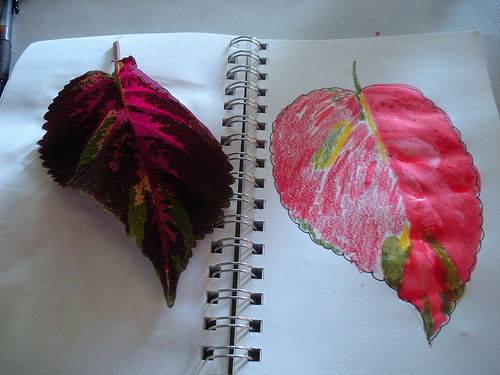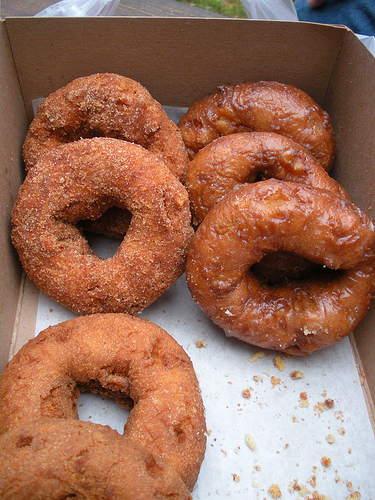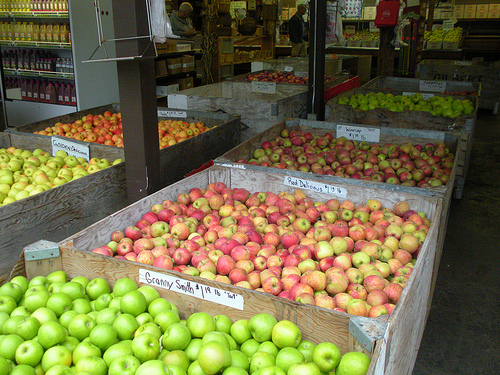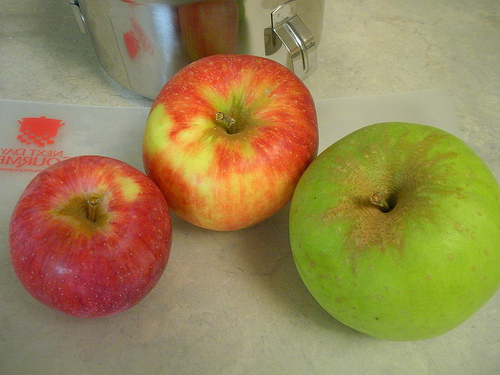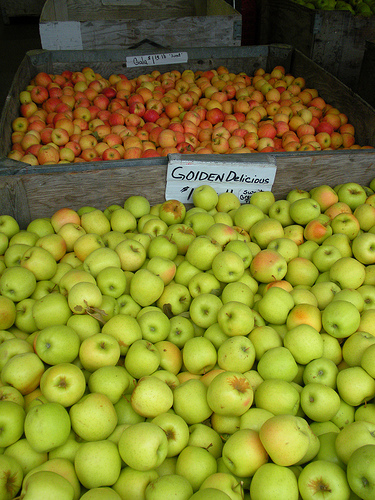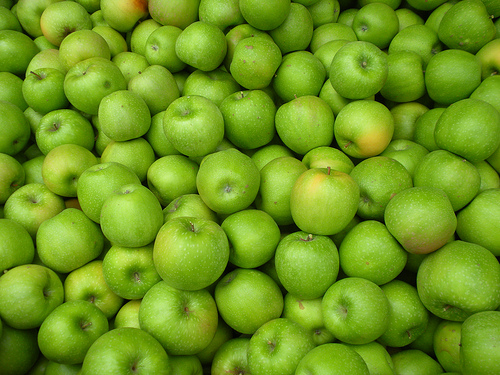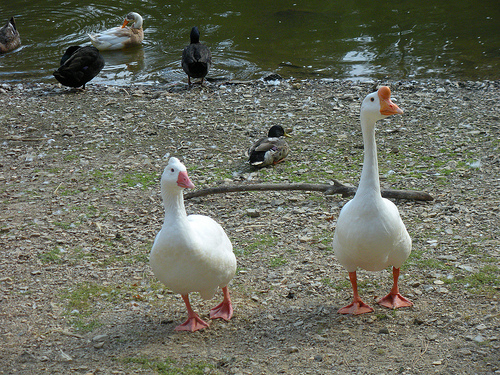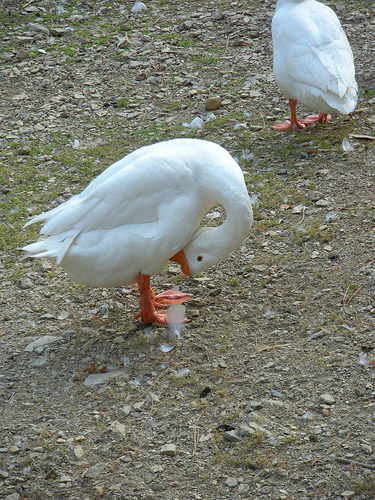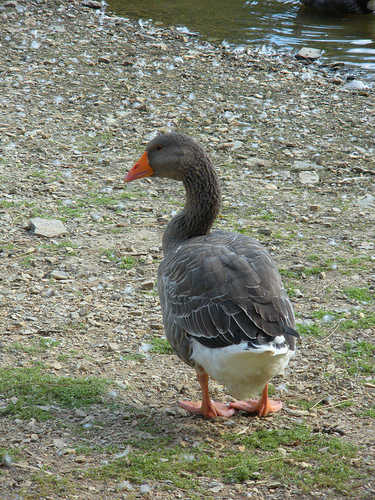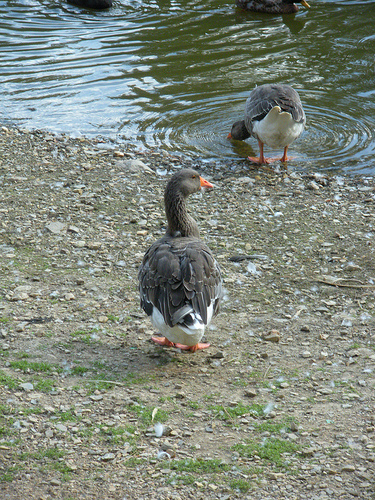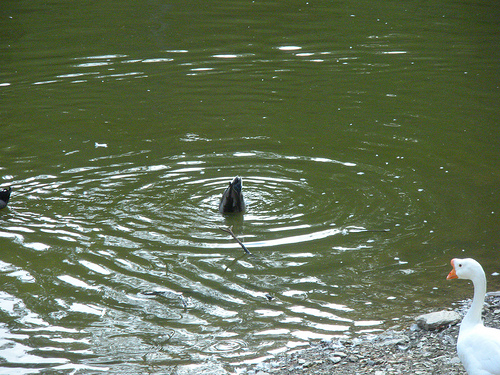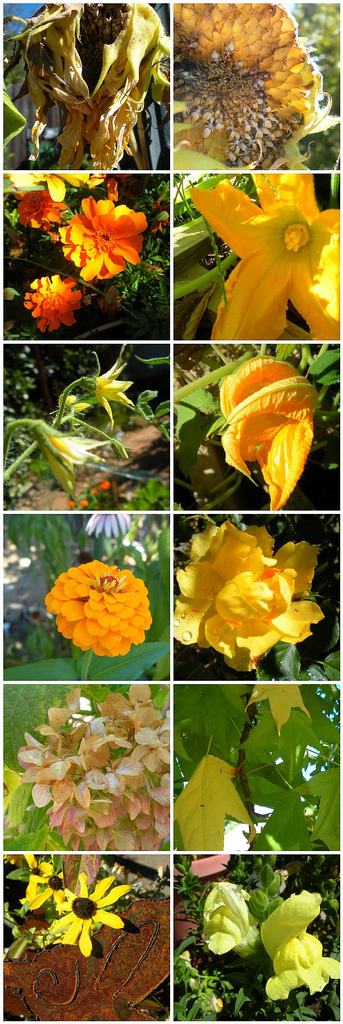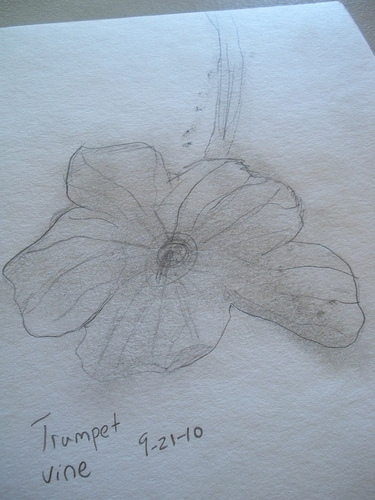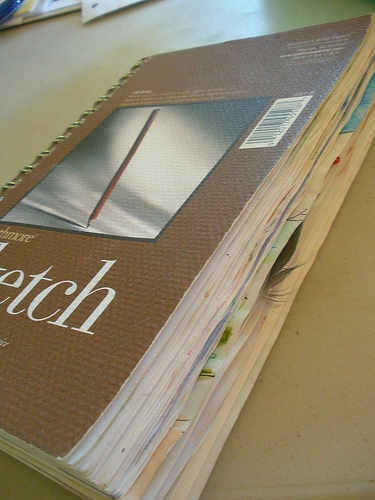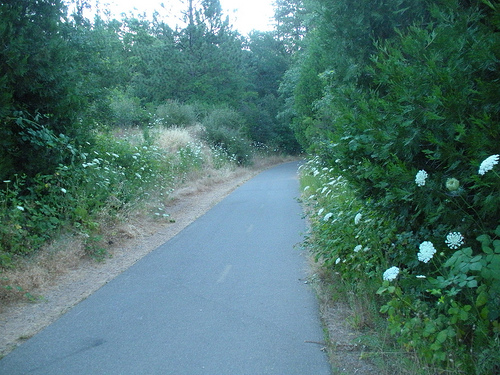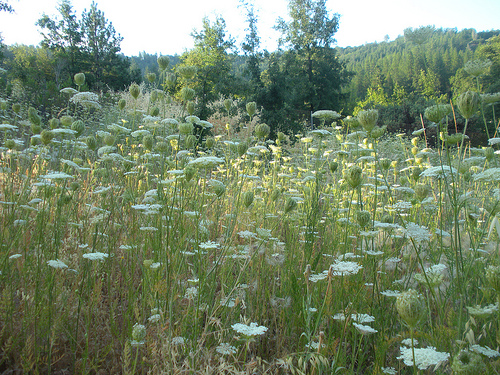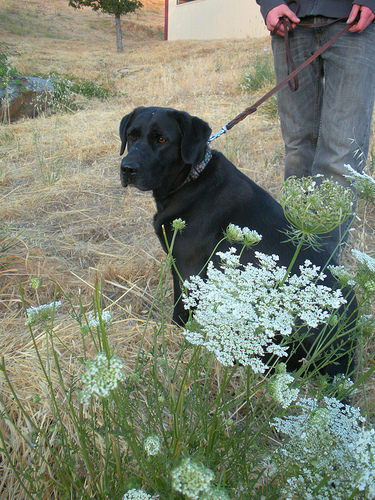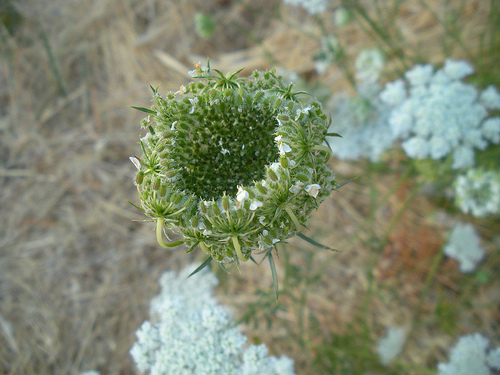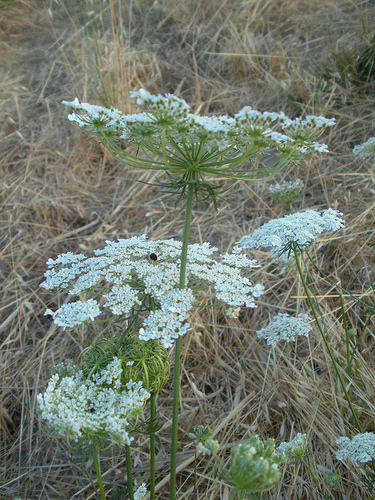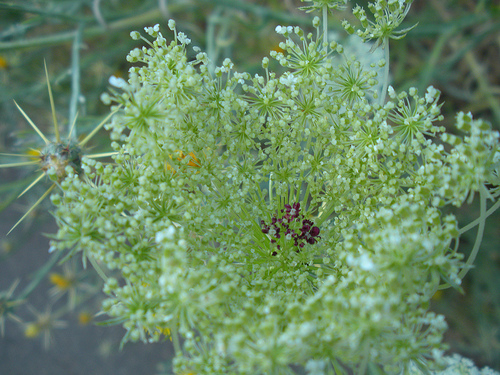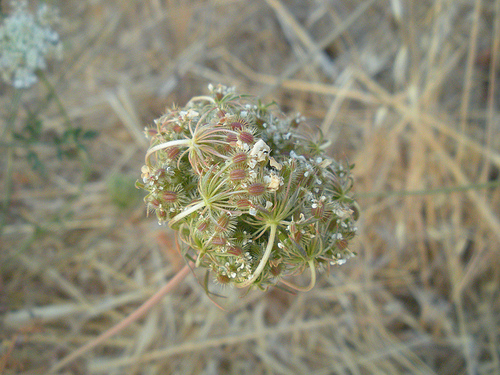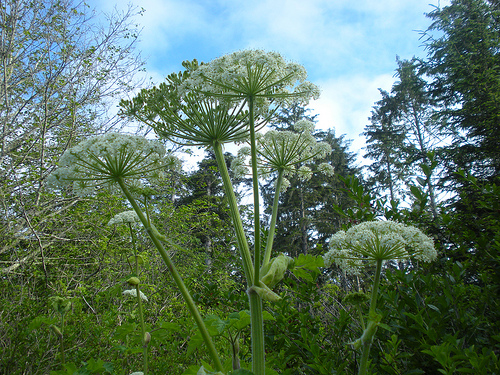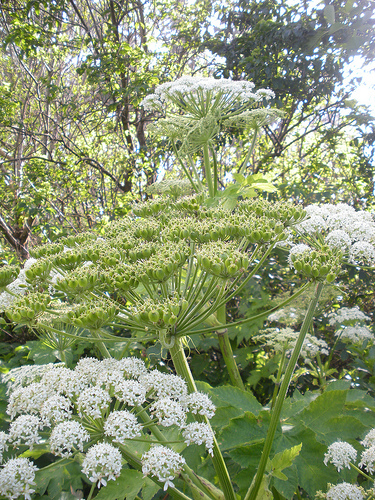We were able to experience two kinds of salmon and their spawning this autumn.
The Kokanee salmon are a land-locked species that live in the high mountain lake and then return to the creek of their birth for spawning.
This shallow creek is the perfect place for laying eggs in the gravel.
The fish come by the thousands, swimming and leaping around in the water as they make their way back up the creek from the lake.
The bears are around and we are warned to keep clear of them as they come for their autumn feast of salmon after the fish have spawned and then die.
Even though these are land-locked salmon, they still go through the same changes that their ocean cousins perform. Their colors change and their jaws and teeth become more prominent.
They wiggle a little dance to court the females and then fertilize her eggs. It is amazing to watch.
There are two bridges that you can watch the fish from and on this day there were quite a few nature lovers out there viewing the fish ritual.
The ducks, gulls, and eagles all depend on the salmon spawning for their autumn diet. We didn’t see any eagles on this day but the ducks were present.
They eat the freshly laid eggs if they get the chance.
Our second salmon observing opportunity came this past weekend at the American River above Sacramento. There is a fish hatchery below a dam where the salmon will make their way up the fish ladder.
Here is the ladder the salmon will leap up as they make their way to the hatchery. The officials were waiting until the next day to open the gate that ajoins the river to the ladder.
We were a little early but we were still able to observe the *huge* Chinook salmon waiting at the gate to climb up. They were actually jumping up out of the water and slamming into the metal gate. One sign says they can leap out of the water nine feet!
The Chinook are much larger than the Kokanee and we decided it was because they have a much longer migration journey. They travel round trip 2,000 miles from their birthplace, down the American River, through the Sacramento Delta and then out into the Pacific Ocean. Two or three years later, they make the return trip and end up at their birthplace again….changing from freshwater fish to saltwater fish and back again.
The hatchery we visited has a lovely visitor’s center to learn more about the cycle of life of the salmon.
Trout are filling the holding ponds of the hatchery at the moment. There are steelhead and rainbow trout to view. In a month or so the steelhead will start their journey up the fish ladder and we may take time to visit again.
We had an additional observation of the rainbow trout a few weeks ago at a local pond that they stock for the kids to fish in. They are such beautiful fish and very tasty too. (I’m surprised I didn’t encourage us all to taste test the salmon and the trout…next time.)
So for our Outdoor Hour Challenge we were able to compare two different species of salmon as well as the salmon to the trout.
Our favorite is still the Kokanee salmon in its wild habitat and its unique cycle of life.
Here is a nature journal entry I made a few years ago featuring this colorful amazing fish.















